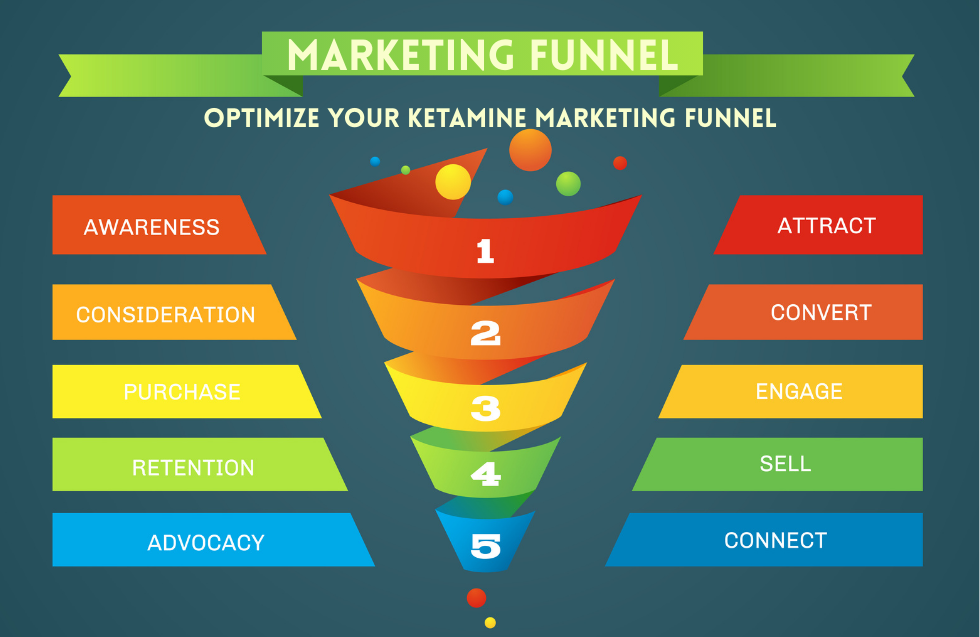In the digital age, the need for accurate and timely transcription services is on the rise. Whether it’s businesses needing to document meetings, content creators looking to repurpose their audio into written format, or healthcare professionals converting patient notes into digital files, transcription services play a pivotal role in many industries. But what exactly is the scope of this business, and how is it evolving?
What Is Transcription?
Transcription involves converting spoken language into written text. Traditionally, this could be as simple as transcribing an interview or a speech. Today, transcription has expanded to cover a wide array of services, from legal documentation to real-time captioning of live events.
There are two main types of transcription: manual transcription and automated transcription. Manual transcription is typically more accurate, with professionals carefully listening to audio and typing out what is said, while automated transcription relies on AI to do the heavy lifting. Each has its pros and cons, depending on the accuracy needed and the budget of the client.
Industries Driving Demand for Transcription Services
Transcription services are needed across a broad spectrum of industries. Let’s take a closer look at some of the key players:
Legal Industry: Law firms, court systems, and attorneys require transcription services to document everything from depositions to courtroom proceedings. Accuracy and confidentiality are paramount here, making professional transcription services essential.
Healthcare: Medical transcription is another huge sector. Physicians often dictate notes, which need to be accurately transcribed into patient records. With the growth of telemedicine, there’s an increased demand for transcription services to document virtual patient consultations.
Media and Entertainment: Content creators, podcasters, and video producers often need their content transcribed. Whether it’s for creating captions for YouTube videos or turning podcasts into blog posts, transcription allows content to be more accessible and searchable online.
Education: In an era where remote learning is more prominent than ever, transcription services are in high demand. Universities and online courses often require lecture transcriptions to assist students, including those with hearing impairments.
Corporate Sector: Businesses use transcription services for documenting meetings, webinars, conferences, and interviews. With many companies shifting to remote or hybrid work models, the need for detailed documentation of virtual meetings has grown exponentially.
The Growth of Automated Transcription
The rise of artificial intelligence has led to a surge in automated transcription services. Companies like Otter.ai, Rev, and Descript offer platforms that can transcribe audio quickly, and in some cases, for free or at a low cost. While not as accurate as manual transcription, AI-driven services are becoming more sophisticated, using machine learning to improve accuracy over time.
For businesses on a tight budget or needing a quick turnaround, automated transcription services can be a game-changer. However, for sensitive fields like legal or medical, where every word counts, manual transcription by professionals remains the gold standard.
Challenges in the Transcription Business
Despite its promising growth, the transcription industry does have its challenges:
Accuracy vs. Speed: One of the main challenges is balancing speed and accuracy. Clients often want quick turnarounds, but this can lead to mistakes, especially if the audio quality is poor or the content is complex. Transcriptionists need to be skilled at deciphering accents, technical jargon, and multiple speakers.
Confidentiality: Another critical aspect is maintaining confidentiality, particularly in legal, medical, or corporate transcriptions. Transcription companies must adhere to strict data privacy regulations, such as HIPAA for medical transcriptions, to ensure sensitive information remains secure.
Competition: The industry is also highly competitive, with many players entering the market, particularly in the automated transcription space. To stand out, transcription companies need to offer specialized services, such as legal or medical transcription, where expertise and accuracy are valued more than speed or cost.
The Future of Transcription
The transcription business is evolving with technology, and its scope continues to expand. Here’s where the industry could be headed:
Increased AI Integration: As AI transcription tools improve, the line between automated and manual transcription may blur. We could see hybrid models where AI handles the initial transcription, and human transcriptionists edit and refine the final document.
Niche Specialization: Transcriptionists who specialize in specific fields like law, medicine, or technical industries will continue to be in high demand. Offering expertise in a particular area will allow them to stand out in a crowded market.
Globalization: With the rise of remote work and international collaboration, transcription services will need to cater to a global audience. This could mean transcribing content in multiple languages or for diverse industries across different countries.
Conclusion
The transcription business is not just about typing words on a page—it’s about delivering accuracy, confidentiality, and value across a range of industries. As more companies and professionals rely on digital documentation, the demand for transcription services is set to grow. With the rise of AI and increased specialization, the future of this industry looks bright. Whether you’re a business needing to document important meetings or a content creator looking to expand your reach, transcription services are an invaluable tool in the modern world.













